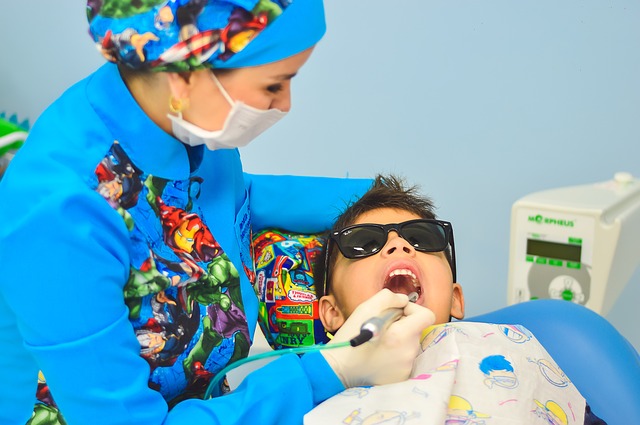Cavities are an easily preventable problem, but many kids surprisingly still get them. The Centers for Disease Control and Prevention says that the quick and simple solution is through dental sealants.
Dental sealants can prevent up to 80% of cavities, but only 60% of children who need them actually get them, the CDC says. A good solution would be to offer the service in school, but most states often don’t have the funding for such programs, and red tape on dentists can hold them back, NBC News reports.
Dr. Tom Frieden, CDC Director, says, “Many children with untreated cavities will have difficulty eating, speaking, and learning.” He explains,
Dental sealants can be an effective and inexpensive way to prevent cavities, yet only one in three low-income children currently receive them. School-based sealant programs are an effective way to get sealants to children.
Sealants are plastic-based tooth coatings that are applied onto the nooks and crannies of molars, preventing food and bacteria from building up to cause cavities.
Around 20% of children and teens have untreated dental problems by the time they reach 19 years old. Constant toothaches often hinder proper eating, and can be a distraction in school.
According to a government survey, only 43% of kids ages 6 to 11 have a dental sealant, even if the CDC and the American Dental Association have endorsed it. The survey says that low-income kids were 20% less likely to receive sealants compared to high-income children. Those without sealants also had three times more cavities than children who had them.
The report adds that school-based dental programs could save up to $300 million in dental treatment costs annually, because fillings are expensive. Susan Griffin of the CDC and a team were in charge of the survey.
The CDC researchers observed that states struggle with oral health programs, and Medicaid is already at its breaking point in many. The biggest expense is paying a dentist to head such school programs.
One possible solution is to allow lower-paid dentists to oversee sealant programs, the CDC says. In South Carolina, for example, dental hygienists lead school-based dental programs and deliver sealants in around 40% of the state’s schools that are in the most need of them.
The CDC currently supports 21 state public health departments, funding these programs for low-income children and rural areas, the report further states. The federal government intends to do more.
Soon, pediatric dental services will be classified as an essential health benefit covered by dental insurance under the Affordable Care Act to pay for the costs of sealants. Studies have shown that they are safe and effective in stopping tooth decay.
The American Dental Association agrees with the CDC, and points out that not many people know that sealants are covered by dental insurance. Concerned parents have raised the issue of BPA, a chemical found in sealants that have been linked to health risks. But the ADA says the benefits far outweigh any perceived threats, as the amount of BPA, if any, is miniscule – much less, in fact, than merely breathing air.
























